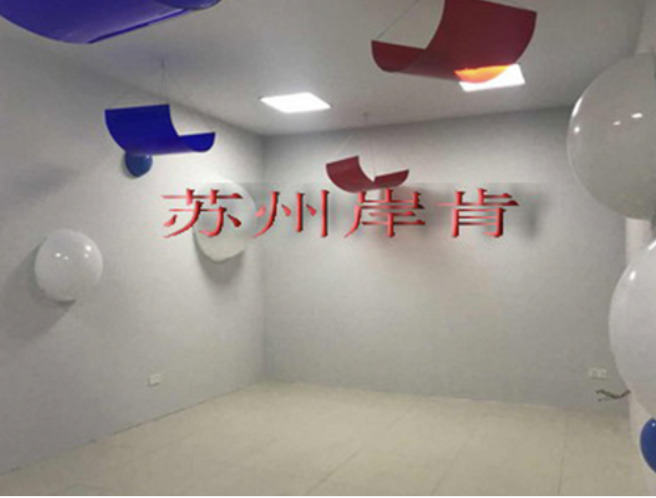
Reverberation Room
Our company designs and manufactures professional-grade reverberation rooms according to customer requirements. In terms of aesthetics, dismantling capability, and reverberation uniformity, all meet world-class standards.
Product Introduction
An acoustic reverberation room is a laboratory that can fully reflect sound energy on all boundaries and fully diffuse within it, creating a diffuse field with uniform energy density and irregular distribution in all propagation directions.
Functions
The main functions of the acoustic reverberation room are: measuring sound absorption coefficients of materials, sound absorption in air, sound power and spectrum of sound sources and equipment, measuring acoustic performance such as efficiency of electroacoustic devices, and conducting noise fatigue tests on sensitive components.
Requirements
The reverberation time should be maximized to ensure full diffusion of sound energy, hence rooms are typically built with non-parallel surfaces or as rectangular rooms where no two dimensional ratios equal or approach an integer. International standardization organizations recommend the following ratios (length:width:height): 1.54:1.28:1; 1.58:1.25:1; 1.69:1.17:1; 2.13:1.17:1; 2.38:1.62:1. The average absorption coefficient of all room surfaces should not exceed 0.06, typically achieved by applying porcelain paint, ceramic tiles, or copper foil. To enhance sound diffusion and improve sound field uniformity, fixed diffuser panels or large rotating or swinging diffusers can be installed. Walls should be thick to avoid resonance and excessive sound absorption.
Room volumes typically range from 70~300m³, determined by the lowest frequency to be tested. International standards specify a standard reverberation room volume of 200m³±10%, capable of testing lowest frequencies of 125Hz (1/1 octave band) or 100Hz (1/3 octave band), with reverberation times ranging from several seconds to tens of seconds.
Evaluation
For room evaluation, besides measuring reverberation time, diffuse field conditions should be verified, typically measuring at least 6 points in the sound field. Measurement point spacing should be greater than λ/2, with standard deviation of measured sound pressure levels less than ±1dB.
The reverberation room should be vibration-isolated from its foundation to reduce background noise.
Product Center
Our Contact Info
Suzhou Anken Electronic Technology Co., Ltd
Address: Workshop 108, No. 288 Gaoshan Road, New District, Suzhou
Contact: Manager Zhou
Phone: +1 (949) 992-3596
Email: anteck@126.com
anteck@anteck.com.cn
Fax: 0512-68785280
